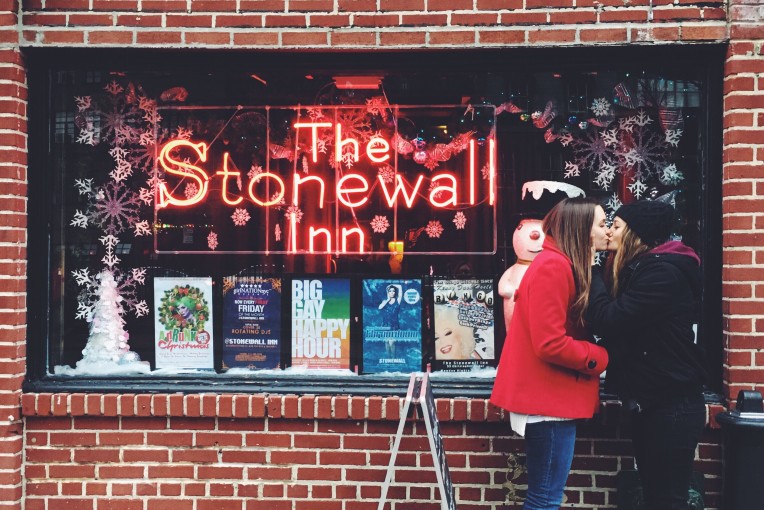Walking the streets of New York’s LGBTQI+ struggles
A fascinating-yet-solemn series of events have crafted the city of opportunity over the past few decades, allowing gays, lesbians, transgender, bisexual and non-binary community members to walk the streets with far less fear and risk than their predecessors.
In this blog, we’ll fill you in on the complications which were at play beneath the generalized homophobia, that made growing up gay in the Big Apple so much more dangerous.
Most have heard of the Stonewall Riots which took place on June 28th 1969 – The same day (or early hours after) the day of Judy Garland’s funeral, a famous gay ally and source of the term “friends of Dorothy”. Due to the close proximity of the two events, many have suggested that the emotions of both played a part in the community having the strength to push back when police raided the Stonewall Inn that night. After Stormé DeLarverie, a lesbian, was pushed into the back of a police car, she is said to have asked the crowd “aren’t you going to do something?”, which sparked the first brick to be thrown at law enforcement. Two trans women of colour are rumored to have each thrown the first stone but both claim this isn’t the case. These women are Marsha P. Johnson and Sylvia Rivera.
Marsha P Johnson is particularly key in New York’s shady homophobic history, as her body was found in the Hudson River under suspicious circumstances. In the Netflix documentary ‘The Death and Life of Marsha P. Johnson’, eye witness accounts stress that she was wounded – A stark contrast to the police ruling of a “suicide”. Friends recalled her ‘larger than life’ personality and happy disposition, so when her behavior became unusual and paranoid in the days before her death, the community pushed the police to investigate. This sadly never led to a sentencing, or as far as we can tell, any arrests.
So was this a homophobic attack? The events of the time actually put another suspect at the forefront… The mob.
From the 1960’s onwards, the Big Apple’s gay scene began to flourish in a very threatening environment. With homosexuality only made legal in 1980, the mob saw a profit stream in greasing the palms of the 6th Precinct’s NYPD in exchange for them leaving the profitable gay bars free from raids. In it to make a profit, the mob controlled everything from watering down alcohol to cheap cigarettes, and even had a heavy hand in Pride parade profits.
Gay business owners kept turning as a ‘cog’ to avoid the dangers that came with non-compliance, and those who tried to operate without mob control risked their lives for their principals. It’s highly-suspected by some witnesses of Marsha’s last days that the mob were targeting her for an unknown reason. This would explain the blind eye in police investigations if correct.
The nation-wide LGBT movement which followed Stonewall saw anti-mob slogans and organizations focused on removing organized crime from gay spaces. In the 1980’s, likely supported by the decriminalization of gay activity, the mob’s control of the gay scene took a beating with some high-profile court cases and prosecutions. Although these events were victories for the advancement of LGBT rights, it was difficult to ignore the importance the mob had in providing LGBTQI+ individuals with a safe(ish) environment to be themselves in for the past few decades.
With gay marriage only legalized in the state of New York in 2011, you only need to walk the streets of Greenwich Village and the East Village to discover a rich and hopeful history of love triumphing over discrimination. We highly recommend adding these areas to your holiday to New York.

